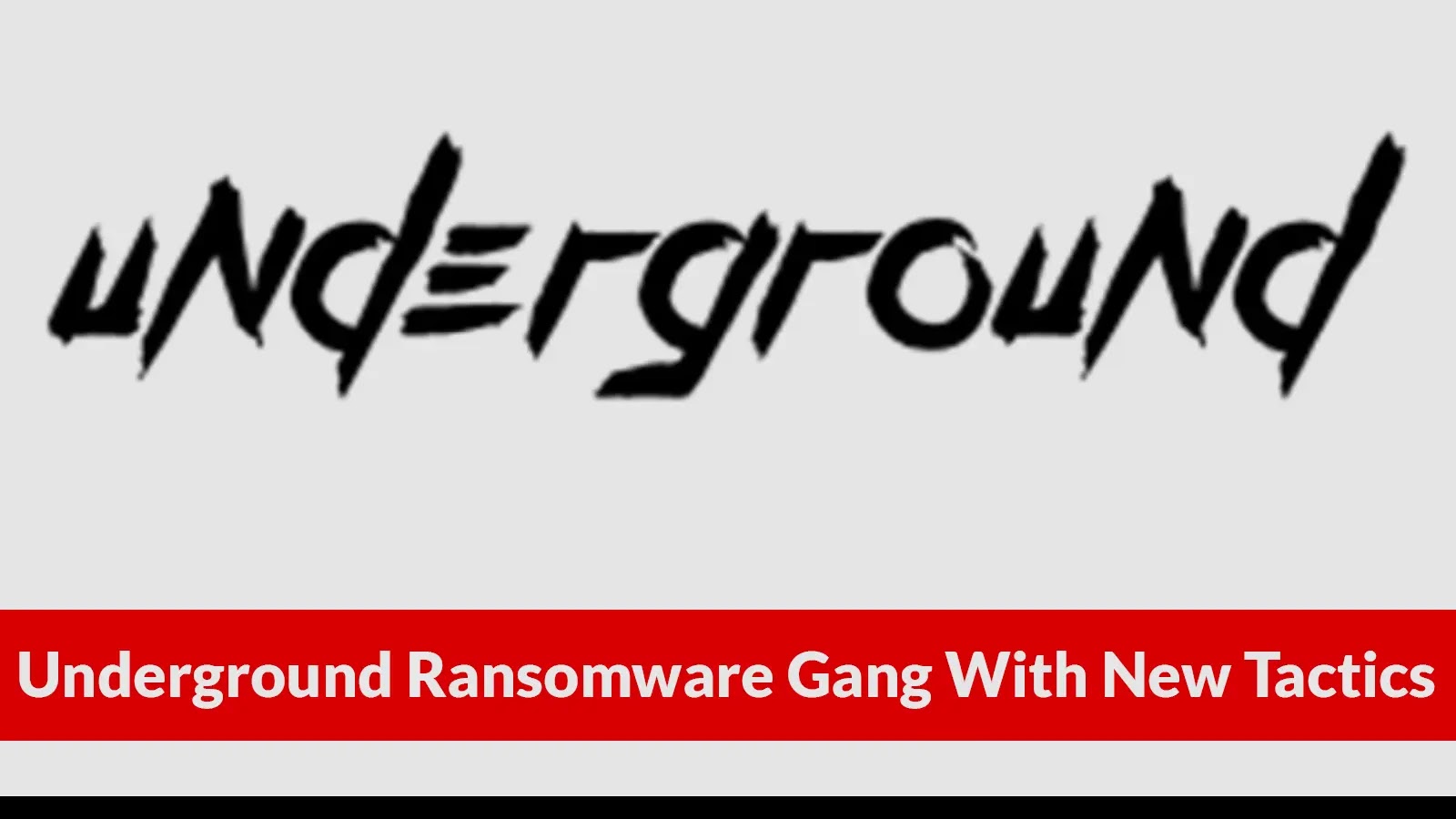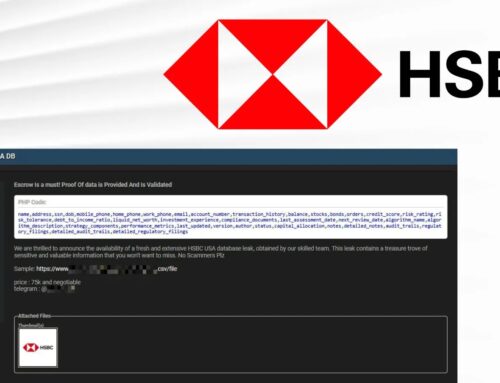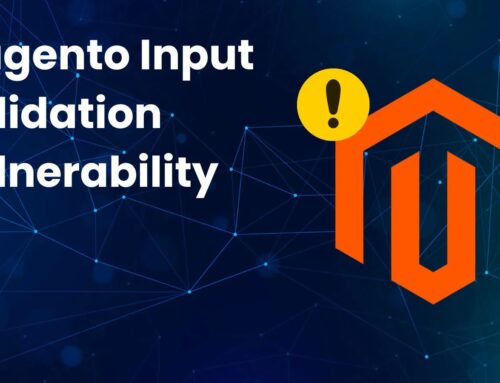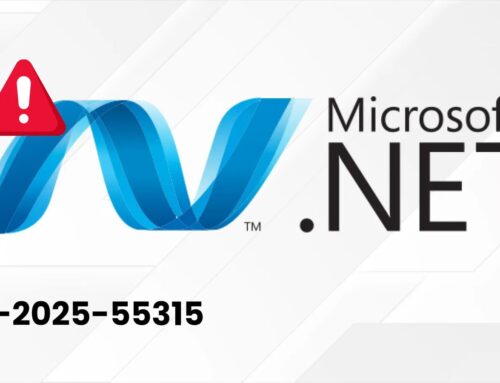
Underground Ransomware Gang With New Tactics Against Organizations Worldwide
Organizations worldwide face an escalated threat from a familiar adversary: the Underground ransomware gang. After a period of relative dormancy, this insidious group has resurfaced with a chilling new operational tempo, signifying a profound evolution in their tactics and reach. Understanding their refined strategies is no longer optional; it’s critical for global cybersecurity resilience.
The Resurgence of Underground Ransomware: A Timeline of Escalation
The Underground ransomware gang first surfaced in July 2023, making its initial mark on the cyber threat landscape. While their early operations were notable, their activities seemingly tapered off until a significant re-emergence in May 2024. This comeback was marked by the launch of a Dedicated Leak Site (DLS), a clear indicator of a renewed and more sophisticated ransomware-as-a-service (RaaS) model. The DLS serves as both a public declaration of their victims and a tool for pressure, amplifying the urgency for organizations to pay ransoms.
Their current campaigns demonstrate a broad geographical scope, impacting entities from the United Arab Emirates to other diverse global regions. This expansion underscores their developing capabilities and ambition to target a wider array of industries and organizational sizes.
Evolving Tactics and Operational Sophistication
The re-emergence of the Underground gang is not merely a return but a strategic pivot. Their use of a DLS signifies a move towards double-extortion tactics, where not only is data encrypted, but stolen sensitive information is also threatened with public exposure. This method significantly increases the pressure on victims, often leading to higher ransom payments.
While specific technical details of their initial access vectors are still being analyzed, typical ransomware methodologies include exploiting known vulnerabilities, phishing campaigns, and brute-forcing weakly secured remote access points. Their increasing sophistication implies a continuous refinement of these initial compromise techniques, making detection and prevention more challenging.
Organizations should be particularly vigilant for common attack vectors often leveraged by such groups:
- RDP Exploitation: Weak or exposed Remote Desktop Protocol (RDP) instances remain a primary target.
- Phishing/Spear-Phishing: Campaigns designed to deliver malware or steal credentials.
- Software Vulnerabilities: Exploitation of unpatched critical vulnerabilities in public-facing applications or network infrastructure. While specific CVEs for Underground’s toolkit are not widely published, general vigilance for recently disclosed vulnerabilities is crucial. For example, organizations should remain aware of critical vulnerabilities in commonly used software, such as those related to CVE-2023-38829 or CVE-2023-46805, as these often serve as entry points for ransomware gangs.
Remediation Actions and Proactive Defense Strategies
Mitigating the threat posed by the Underground ransomware gang, and similar groups, requires a multi-layered and proactive defense strategy. Focusing on prevention, detection, and rapid response is paramount.
- Patch Management: Implement a rigorous patch management program, prioritizing critical patches for operating systems, applications, and network devices. Automate patching where feasible.
- Strong Authentication: Enforce multi-factor authentication (MFA) across all critical systems, especially for remote access, email, and privileged accounts.
- Network Segmentation: Segment networks to limit lateral movement in the event of a breach. Isolate critical assets and sensitive data.
- Endpoint Detection and Response (EDR): Deploy EDR solutions to monitor endpoints for suspicious activity and detect advanced threats that may bypass traditional antivirus.
- Regular Backups: Maintain immutable, offline backups of all critical data. Regularly test restore procedures to ensure data integrity and rapid recovery.
- Security Awareness Training: Conduct continuous security awareness training for all employees, focusing on recognizing phishing attempts and social engineering tactics.
- Incident Response Plan: Develop and regularly test a comprehensive incident response plan specifically for ransomware attacks. This should include communication protocols, roles and responsibilities, and clear steps for containment, eradication, and recovery.
Essential Tools for Ransomware Defense
Leveraging the right tools is integral to building a robust defense against ransomware gangs like Underground. Below are categories of tools crucial for prevention, detection, and response:
| Tool Category | Purpose | Examples/Key Features |
|---|---|---|
| Endpoint Security/EDR | Detect and prevent malicious activity on endpoints, provide real-time threat visibility. | CrowdStrike Falcon, SentinelOne, Microsoft Defender for Endpoint |
| Vulnerability Management | Identify and remediate software and configuration vulnerabilities. | Tenable.io, Qualys, Nexpose |
| Network Monitoring/IDS/IPS | Detect suspicious network traffic and intrusion attempts. | Snort, Suricata, Network Access Control (NAC) solutions |
| Backup & Recovery Solutions | Ensure data availability and rapid recovery from ransomware encryption. | Veeam, Commvault, Rubrik |
| Security Information and Event Management (SIEM) | Aggregate and analyze security logs for threat detection and incident response. | Splunk, IBM QRadar, Microsoft Azure Sentinel |
Conclusion: Heightened Vigilance is Non-Negotiable
The re-emergence of the Underground ransomware gang with a dedicated leak site marks a critical escalation in the global cyber threat landscape. Their expanded reach and sophisticated tactics demand immediate attention and proactive defense from organizations across all sectors. Implementing strong foundational cybersecurity practices, embracing advanced detection technologies, and rigorously training personnel are no longer just best practices; they are essential survival strategies. Maintaining vigilance and adapting defense mechanisms to evolving threats are the only reliable pathways to protect digital assets from these persistent adversaries.





